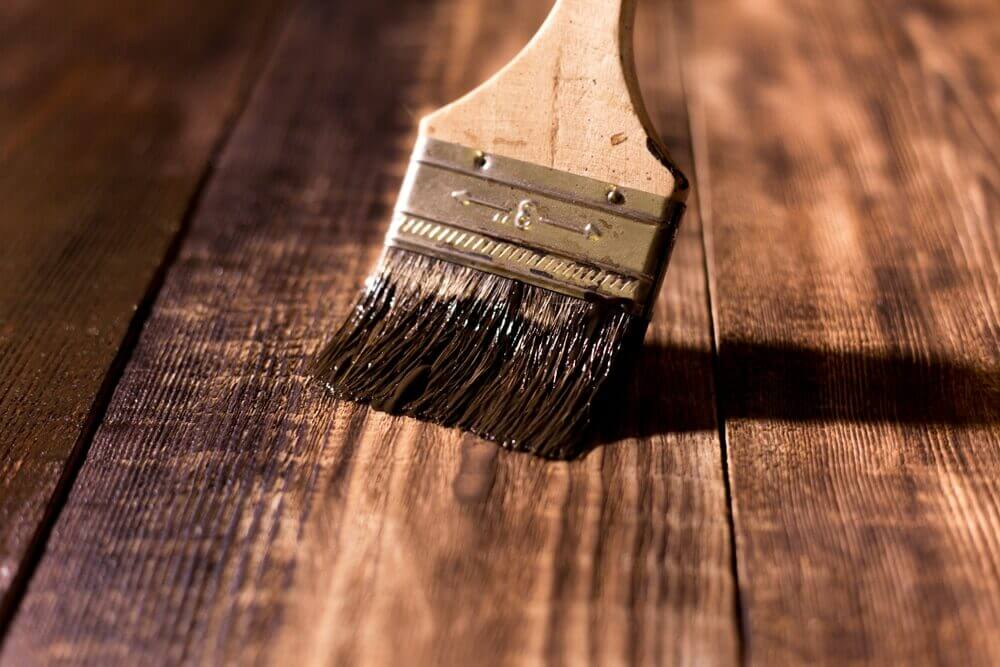
Power washing is a critical first step when preparing a surface for painting or staining. But one of the most common follow-up questions is: How long should I wait before painting or staining after power washing? The answer isn’t as simple as picking a number of hours. It depends on the material, weather, and level of moisture in the surface.
Painting or staining too early can trap moisture, leading to bubbling, peeling, or even mildew. Waiting too long, on the other hand, could let dirt and contaminants settle back in. So, what’s the ideal window? Let’s break it all down.
⏳ The Golden Rule: Let It Dry Thoroughly
Regardless of what you’re painting or staining — wood, concrete, siding, or brick — the most important rule is this:
👉 The surface must be completely dry.
Moisture trapped beneath paint or stain can cause major problems:
- Blistering or peeling of the finish
- Discoloration or hazing
- Poor adhesion
- Rot and mold (especially on wood)
Even if the surface looks dry, it may still be damp below the surface, especially if you’re dealing with porous materials like wood or concrete. 🌧️🪵
📋 General Drying Time Guidelines by Surface
Here’s a helpful chart with average wait times, assuming mild, sunny weather (65°F–80°F with low humidity):
| Surface | Recommended Wait Time | Notes |
|---|---|---|
| Wood (deck/fence) 🪵 | 48–72 hours | Use a moisture meter for accuracy |
| Concrete driveway 🧱 | 24–48 hours | Porous, but dries faster than wood |
| Vinyl siding 🏡 | 24 hours | Dries quickly, especially in sun |
| Brick 🧱 | 48+ hours | Mortar can retain moisture longer |
| Aluminum siding ⚙️ | 24 hours | Generally dries fast |
| Stucco 🧱 | 48–72 hours | Can trap water in textured surfaces |
🌤️ Tip: If you’re unsure, wait an extra day — rushing this step can cost you far more time and money in repairs later.
Browse Amazon Here For Top Rated Power Washers And Accessories
📏 Use a Moisture Meter for Wood Surfaces
For wood decks, fences, and siding, the only way to be certain it’s ready for staining or painting is to use a moisture meter. These inexpensive tools give a % reading of how much moisture is inside the wood.
- Ideal moisture level: Under 15% for staining or painting
- Over 20%? Wait another day or two
Even if it’s been sunny for days, shaded areas or dense wood types (like cedar or pressure-treated lumber) can retain moisture longer than you expect. 🌳
🌡️ Weather Factors That Affect Drying Time
Mother Nature plays a huge role in how fast your surfaces dry after power washing. Here are the major factors to consider:
☀️ Sunlight
- Direct sun = faster drying
- Shaded areas = slower drying
🌬️ Wind
- A breeze helps evaporate water
- No airflow = slower drying
💧 Humidity
- High humidity = longer dry times
- Low humidity = faster drying
🌧️ Rain
- Add 24–48 hours if it rains after power washing
- Don’t paint or stain if rain is expected within 24–48 hours of application
💡 Best-case scenario: Sunny day, light breeze, and low humidity — nature’s drying machine. 🌞🍃
🧽 What Happens If You Paint or Stain Too Soon?
Many homeowners make the mistake of power washing in the morning and staining or painting later the same day. Here’s what could go wrong:
- Poor penetration of stain into wood
- Blistering under paint
- Cloudy or milky appearance under sealant
- Premature peeling or flaking
These issues can show up within days — or slowly develop over the next season. Either way, you’ll likely need to strip and reapply, which is time-consuming and costly. ⛔💸
🪵 Special Considerations for Wood Surfaces
Wood is the trickiest surface when it comes to drying after washing. It soaks up water like a sponge, and different types of wood dry at different rates.
- Pressure-treated lumber: Takes longer to dry, sometimes up to a week
- Hardwoods like cedar or redwood: Naturally resist water, but still need 2–3 days to dry
- Softwoods like pine: Can dry faster, but must still be tested for moisture
💡 Always sand raised grain or splinters after power washing to prep the wood before staining or painting.
🧴 Oil-Based vs. Water-Based Products
The type of paint or stain also impacts when you can apply it.
- Water-based products: More sensitive to moisture, require lower moisture content
- Oil-based products: Slightly more forgiving but still require a dry surface
👉 If using water-based stain on a wood deck, you absolutely need that <15% moisture level before proceeding.
👷 Tips for Perfect Timing
- Power wash in the morning of a sunny day
- Let the surface dry for at least 48 hours, more if it’s humid or shady
- Use a moisture meter if you’re working with wood
- Plan your project around a 3-day dry window (no rain before or after)
- Test a small section before committing to the whole surface
✅ Final Takeaway
Power washing is a great way to prep your surface for a fresh coat of paint or stain — but only if you allow enough time to dry.
⏱️ For most surfaces, the magic number is 24–72 hours, depending on material and weather. For wood, always test the moisture level first. Rushing the job might save you a day today, but it can cost you weeks of rework down the line.
So be patient, plan around the weather, and enjoy a flawless, long-lasting finish. 🎨✨
Browse Amazon Here For Top Rated Power Washers And Accessories






